A key skincare debate when it comes to choosing a treatment is Dermaplaning vs Microdermabrasion for acne. Which is the right treatment for you? Let’s find out.
SkinBase Transformation of The Year 2023
The Search has begun! You could be jetting off to the Caribbean. Follow the link for more information about the competition and how to enter.
Find out more
Dermaplaning
Dermaplaning is similar to microdermabrasion, and is a non surgical method of removing the top layer of skin. Using a dermatome scalpel gently across the skin, dead skin cells, dirt, peach fuzz and any impurities are manually scraped away. It is an effective treatment for acne as removing the top layer of skin helps to tackle discolouration and the uneven texture of scar tissue. The process also triggers collagen production within the skin, which will help to minimise the chance of depressed acne scarring in the future.
Considerations
Due to the tool used, Dermaplaning carries a slightly higher risk of injury than microdermabrasion does. Though incredibly rare, infection and scarring can occur when using dermaplaning to treat problematic skin. Dermaplaning can also cause pigmentation and whiteheads, in rare cases. If potential risk is a key factor in your decision making process, microdermabrasion may be the better option for you. However, Dermaplaning does not involve suction, as with microdermabrasion, so there is often less redness post-treatment.
Microdermabrasion
Microdermabrasion is an excellent choice for those dealing with acne. During a Microdermabrasion treatment, a stream of abrasive crystals are directed over the skin, which exfoliate away any impurities. The crystals remove dead cells and dirt from the skin, stimulating both the cell renewal process and collagen in the process. These benefits work together to get rid of any discolouration, while also plumping and evening out the skin’s texture.
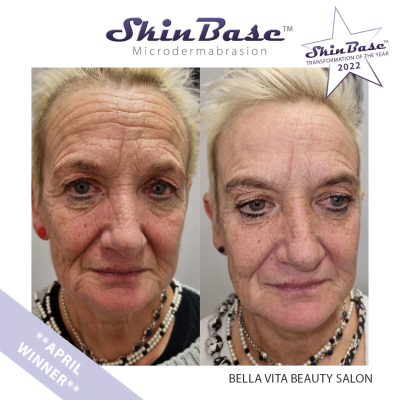
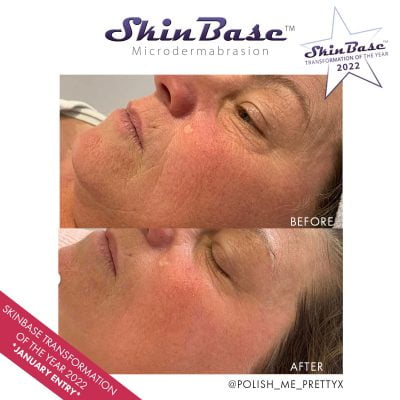
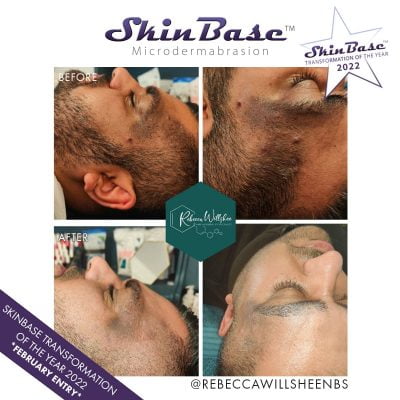
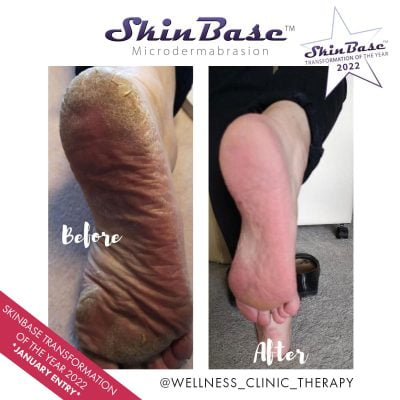
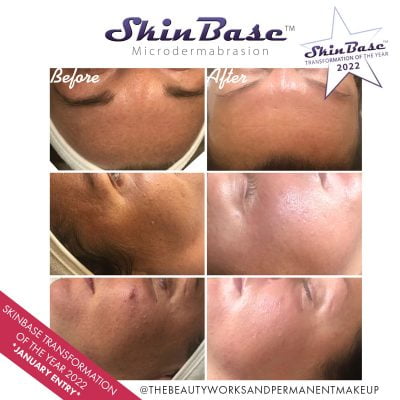
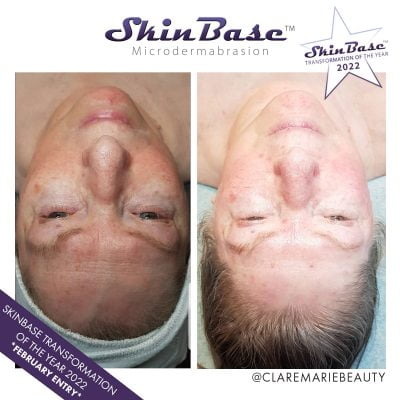
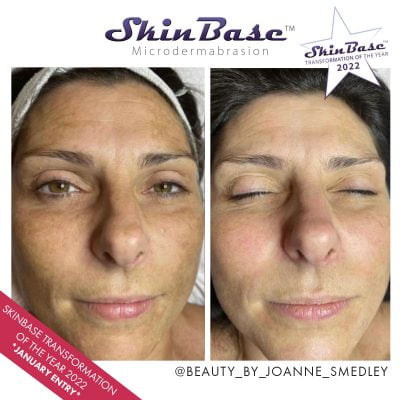
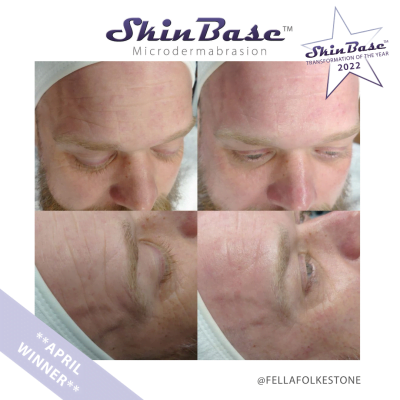
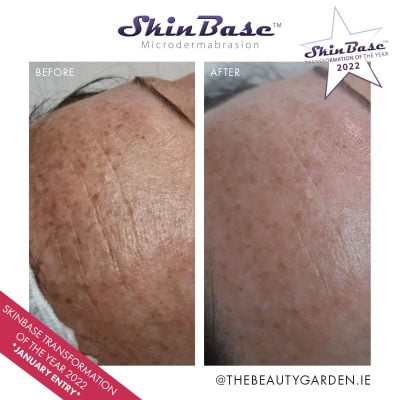
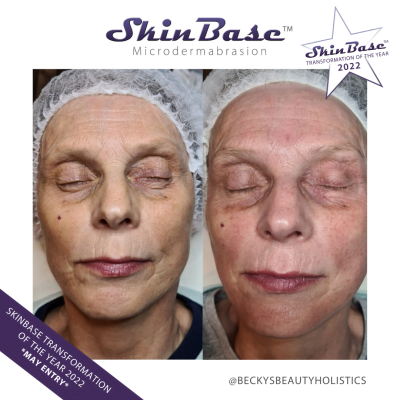
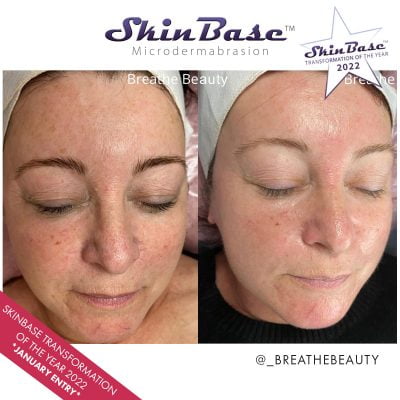
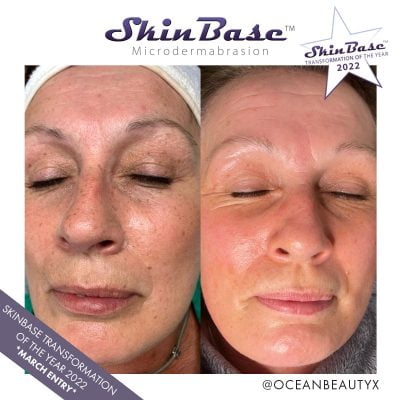
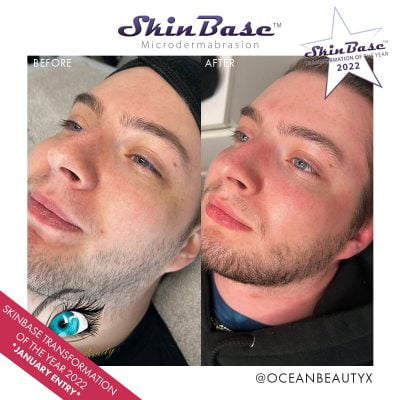
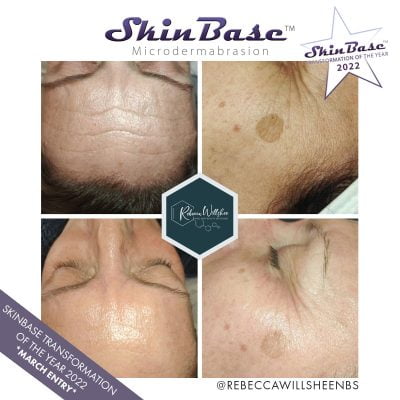
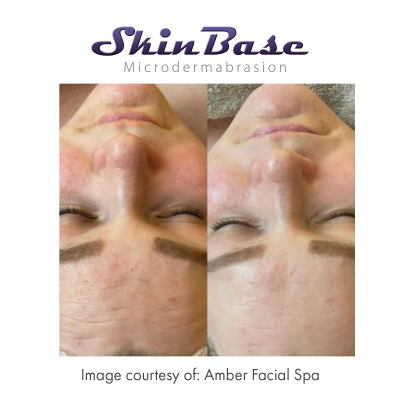
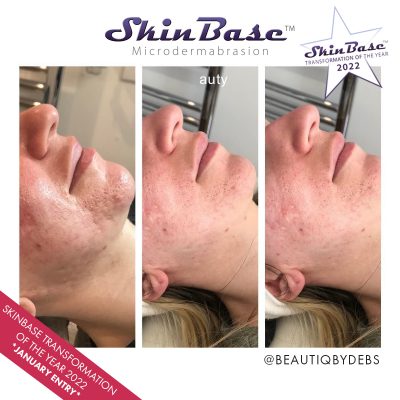
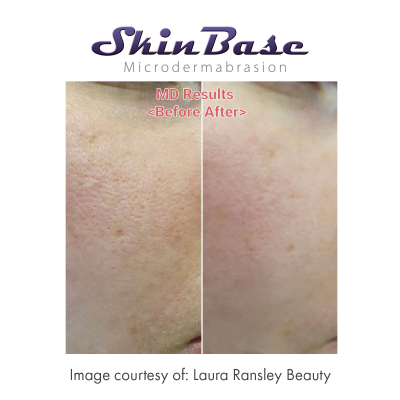
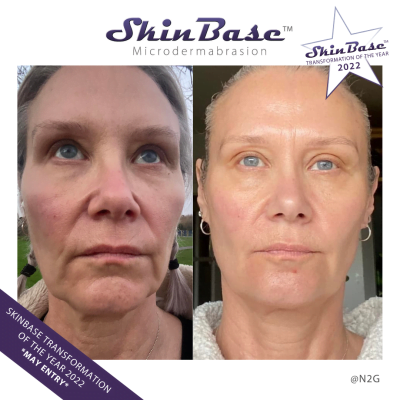
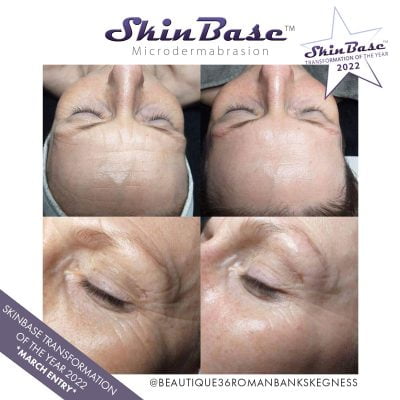
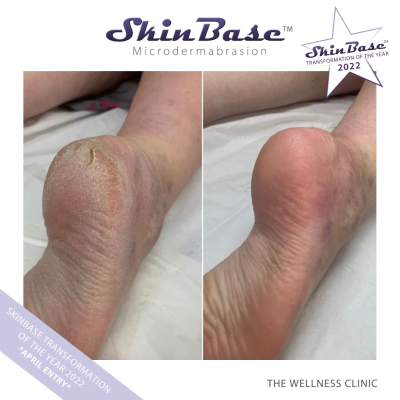
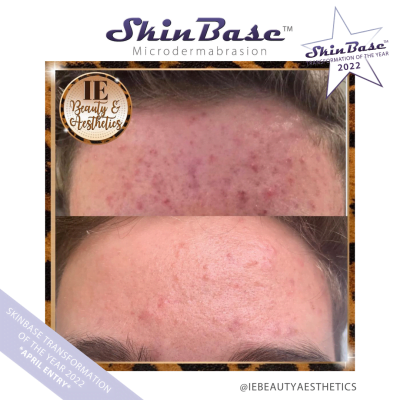
Previous
Next
Considerations
Microdermabrasion uses a handset and a nozzle, so it is potentially more suitable when treating areas hard to reach with a scalpel. The corners of the nose, for example, are easily treated, unlike with Dermaplaning. Microdermabrasion is also much more suitable for working around open pustules, and stimulates blood flow in the process. If you have specific, hard to reach problem areas on the face, microdermabrasion may be better for you. As microdermabrasion uses suction, some clients may prefer the manual method of Dermaplaning, due to the higher level of control over surface pressure. However, acne is likely to heal quicker after microdermabrasion than with dermaplaning, which is a key consideration.
Dermaplaning vs Microdermabrasion
So, Dermaplaning vs Microdermabrasion – which is the best treatment for acne? Both treatments are safe to perform on any skin type, so choosing between them will depend on the type and severity of the skin. We recommend you speak to a qualified and trained skin therapist who can help with a treatment plan. Find a therapist now, follow the link below.
Definitive Guide to Microdermabrasion
The SkinBase™ ‘Definitive Guide to Microdermabrasion’ has been created by beauty industry professionals and is packed full of everything you need to know about our award-winning treatment.
Download Now

